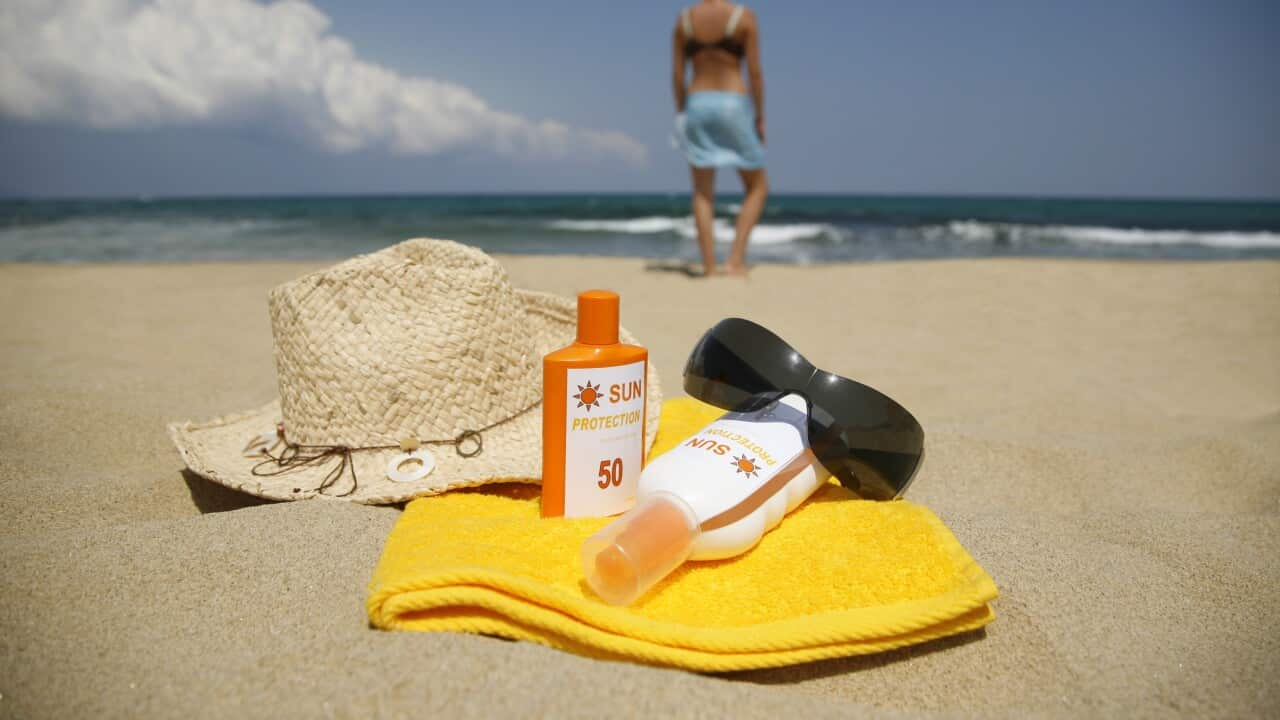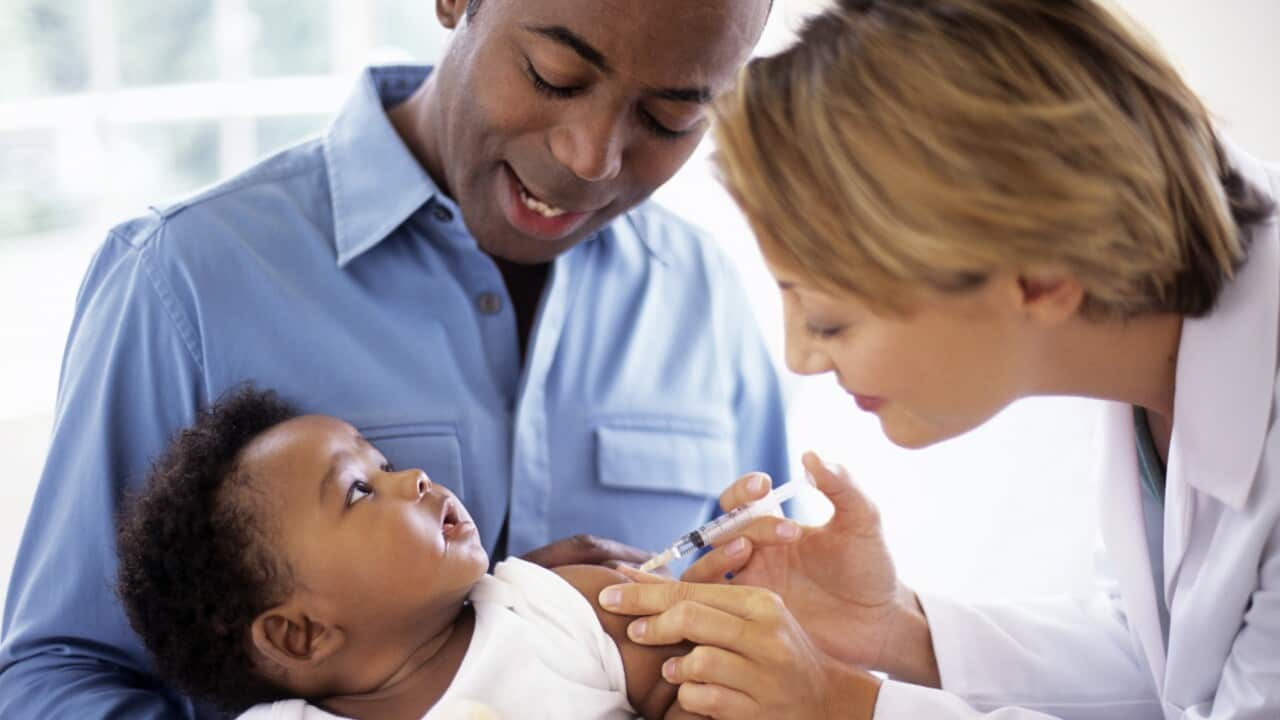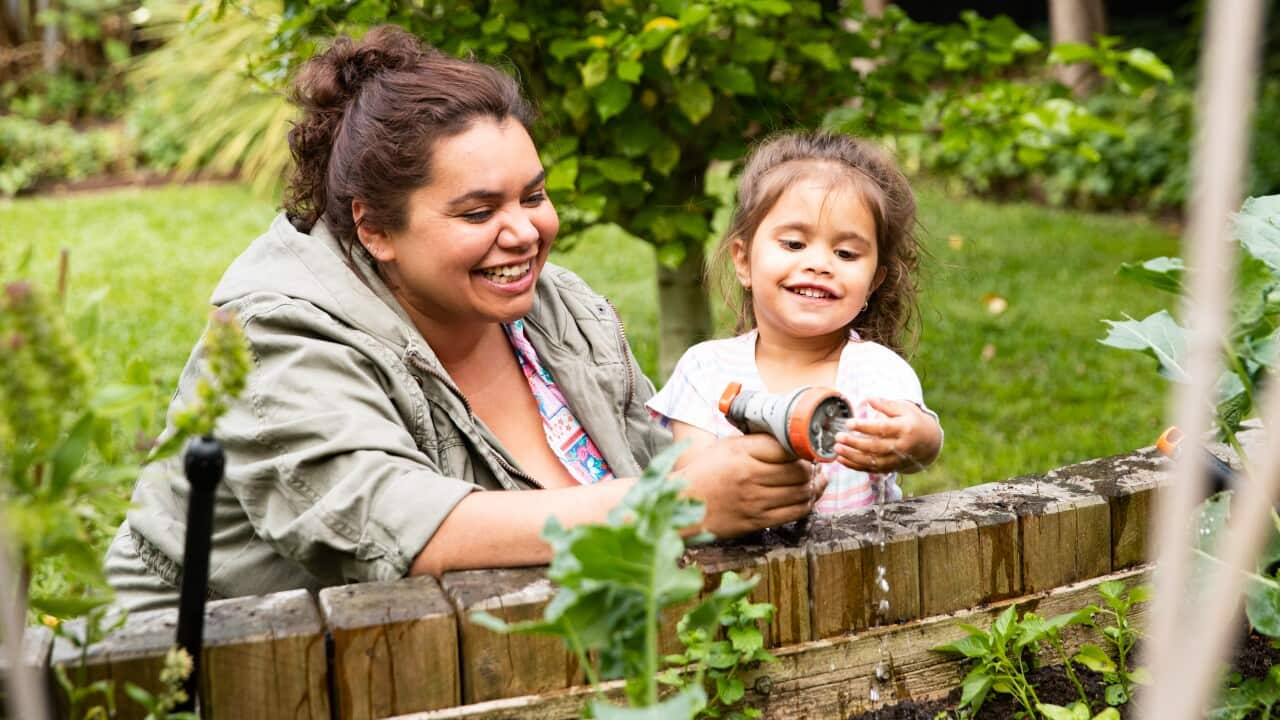Key Points
- Excessive exposure to ultraviolet (UV) radiation from the sun can cause DNA damage to skin cells.
- For people with darker skin tones, their risk factor is lower but they can still develop skin cancer.
- People with dark skin are more at risk of vitamin D deficiency.
Why does Australia have one of the highest skin cancer rates in the world?
A 2022 report from the Australian Bureau of Statistics states that of all cancer patients, one in three had skin cancer, making it the most common type of cancer in the country.
Professor David Whiteman, Head of Cancer Control at QIMR Berghofer Medical Research Institute, says it’s due to a combination of factors, including geography and migration.
“In the Southern Hemisphere, our country is located at fairly low latitudes, so the amount of sunlight that hits the ground in Australia is much higher than in Europe and Northern Asia and other parts of the world, like North America. So there is a lot of UV radiation striking the earth’s surface where we live," he says.
It’s also about the way Earth orbits the sun.
“In our summertime in Australia, the actual intensity of the sun’s rays is stronger because we are a bit closer to the sun than the equivalent time in the northern hemisphere for their summer,” Prof Whiteman explains.
He says because so many Australians have European ancestry, they can have fair skin which is not suitable for Australia's environment and strong solar radiation.

Have your skin examined regularly to detect early signs of skin cancer. Credit: kali9/Getty Images
How does sun exposure cause cancer?
Excessive exposure to UV radiation from the sun can cause DNA damage to the skin cells. When this damage builds up, it can cause cancer.
“When the ultraviolet radiation hits the skin, it starts to change the DNA of the most superficial cells,” Sydney GP Ahmad Hasanien says. He is an expert in skin cancer prevention and treatment.
“Day after day, year after year, the cancer cells start to evolve—whether it be the milder cancer, basal cell cancer, to the intermediate and potentially life-threatening cancers or life-threatening melanomas.”
If the body’s internal DNA repair mechanism does not repair this damage, faulty cell replication can occur, triggering cells' abnormal growth which eventually becomes cancer.
Dr Hasanien says the UV index on a typical summer’s day in Australia is so high that unprotected sun exposure could mean a high risk of harm.
On a typical day, a UV index of 12 in summer in Australia, I would probably avoid going out—I would probably avoid taking my kids out.Ahmad Hasanien, GP
On a sunny winter’s day, the UV index would be three or four, which Dr Hasanien says is mild to moderate, and the duration of the UV radiation is short.
“But in summer, for the period between 8am and 4.30pm, it’s almost always reaching a level between 12 and 14,” he adds.
'Slip, slop, slap, seek, slide'
Paige Preston is the former Chair of the Skin Cancer Committee at the Cancer Council of Australia.
She encourages all Australians to check the UV levels in their specific location before heading outside, using the or by visiting the ’s website.

Slip on protective clothing and slop on sunscreen. Credit: LOUISE BEAUMONT/Getty Images
“So that’s slip on protective clothing that covers as much skin as possible, slop on some sunscreen that is SPF 30 or higher, broad spectrum and water-resistant, slap on a hat that’s shading your face, neck and ears, seek shade and slide on sunglasses.”
Are people with darker skin tones less at risk?
For people with dark skin, their risk factor is lower, says Prof Whiteman, but this doesn’t mean that they are not at risk.
He says melanin offers protection against DNA damage from UV radiation.
“It puts a little barrier around the nucleus of the skin cells, like a shield, and absorbs all that UV radiation and it’s very protective, and it stops the damage of the DNA in those cells,” he explains.
But Dr Hasanien says he sees many dark-skinned patients with skin cancer at his practice.
“Everyone is different. In medicine, a good doctor will tell their patient, ’There is a risk factor. Please avoid the risk factor’.
“The ultraviolet radiation is a risk for skin cancer and a dark person, light-coloured person, they are exposed to the same risk factors,” he says.
“A dark person has the protection but it does not mean that you are always protected. Anyone can get skin cancer, even if you are dark—and I have this in my practice.”
Vitamin D deficiency
Not going into the sun at all can lead to vitamin D deficiency, especially for people with darker skin types.
Paige Preston says people should speak to their GP about vitamin D supplements rather than exposing themselves to the sun for extended periods.
“There are some groups that are at risk of vitamin D deficiency, so these are people who have more melanin and darker skin tones, people who cover their skin for religious or cultural reasons, and also the elderly,” she says.

Apply sunscreen to avoid sun damage, no matter what your skin type. Credit: Javi Sanz/Getty Images
Getting a tan
Prof Whiteman cautions people against trying to get a tan this summer, believing that it would protect them against sun damage. He says tanning causes significant damage to the skin and the DNA.
A tan is a shock to the system.Professor David Whiteman, QIMR Berghofer Medical Research Institute
“The reason our skin tans is almost like a rescue response, because we only start to tan after we sustained damage to our skin cells,” he says.
“It’s like shutting the gate after the horse has bolted. It means that the damage has already occurred, and the skin tries to stop any more damage from occurring.”
Prof Whiteman says once a person has a tan, it does provide some protection—that’s what it has evolved to do.
“But for people who try to get a tan, the only way they can acquire a tan is by causing damage to their skin and to their DNA.”
Subscribe to or follow the Australia Explained podcast for more valuable information and tips about settling into your new life in Australia.
This article was first published in 2021 and updated in November 2024.








